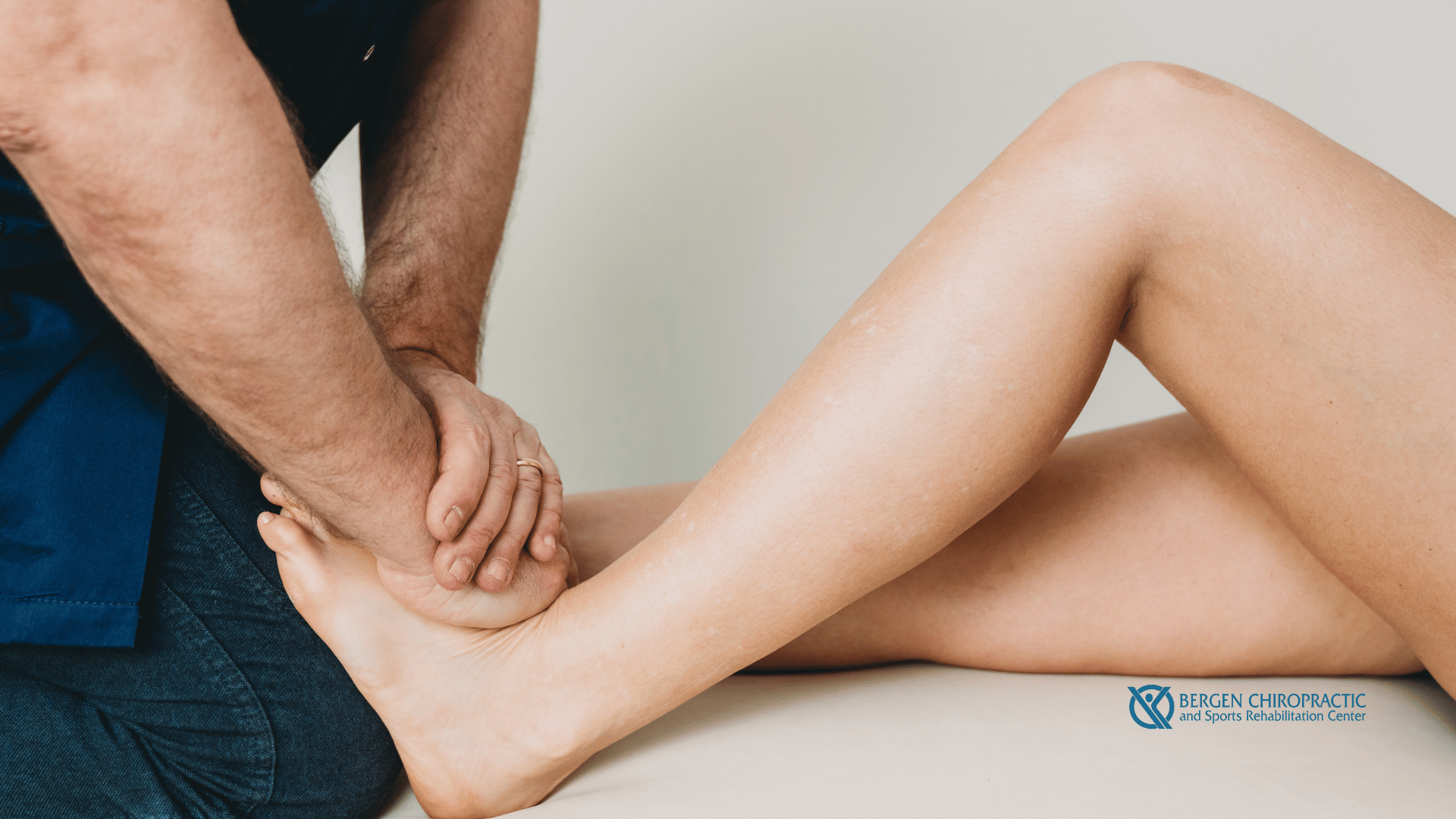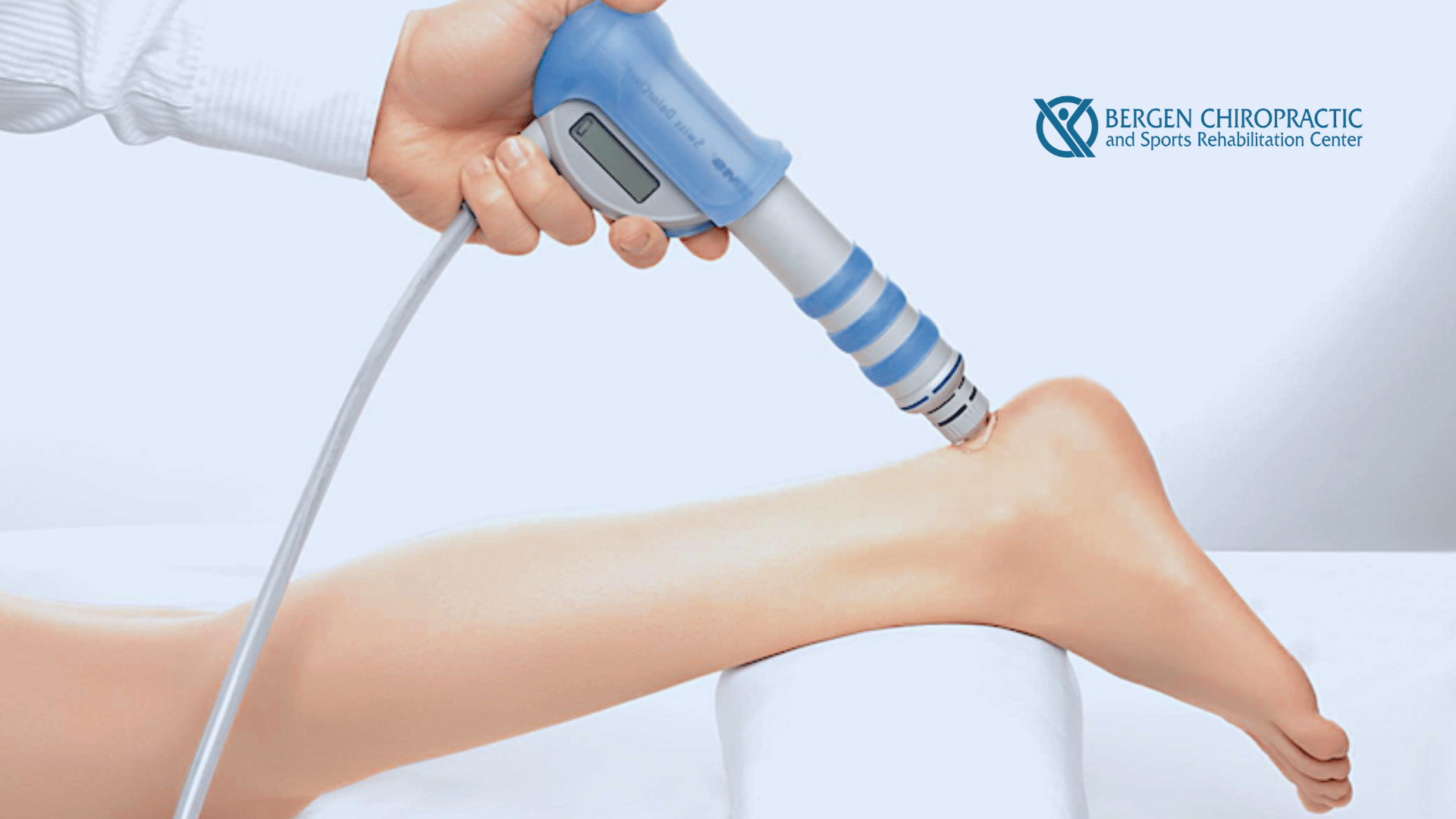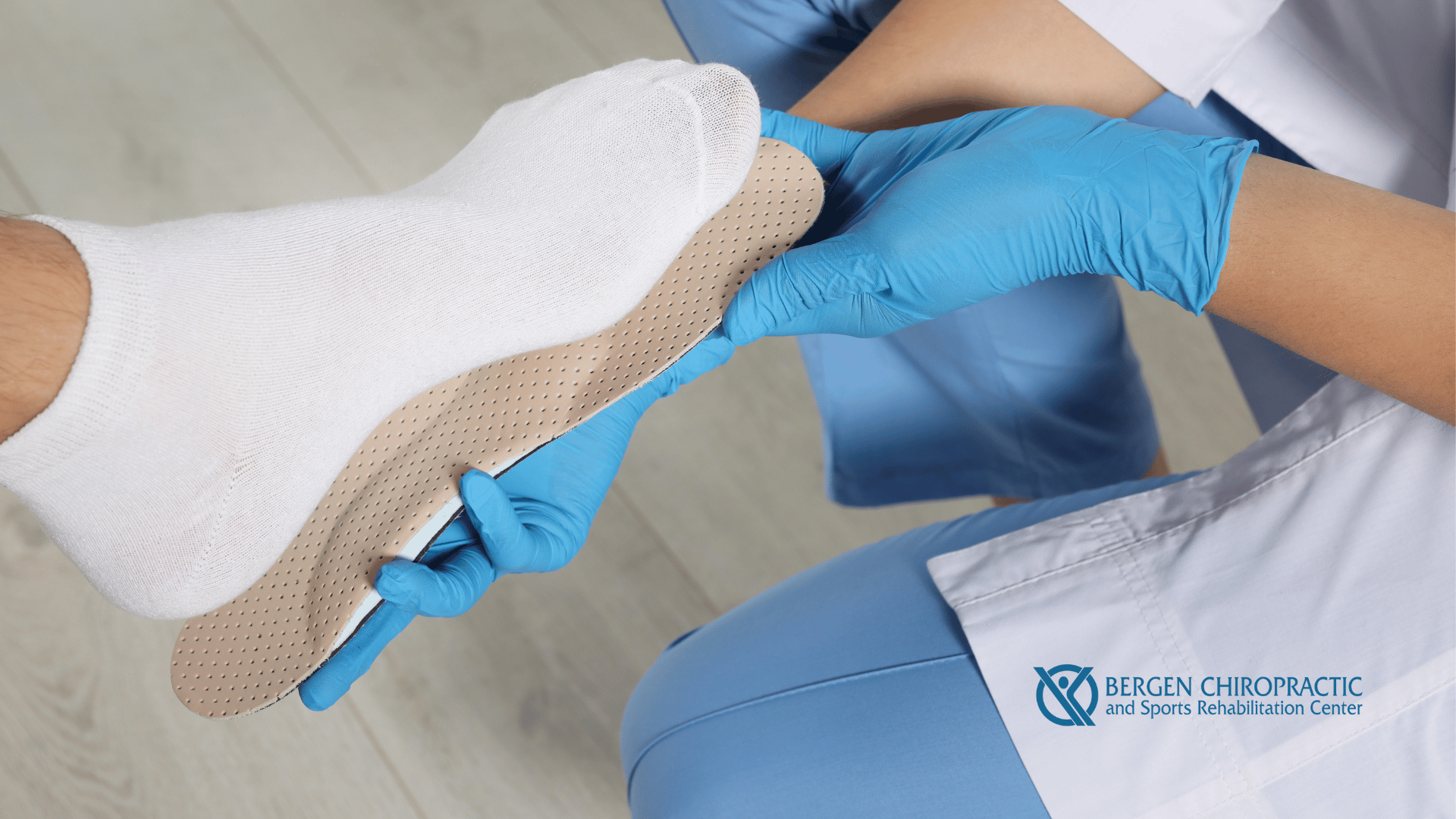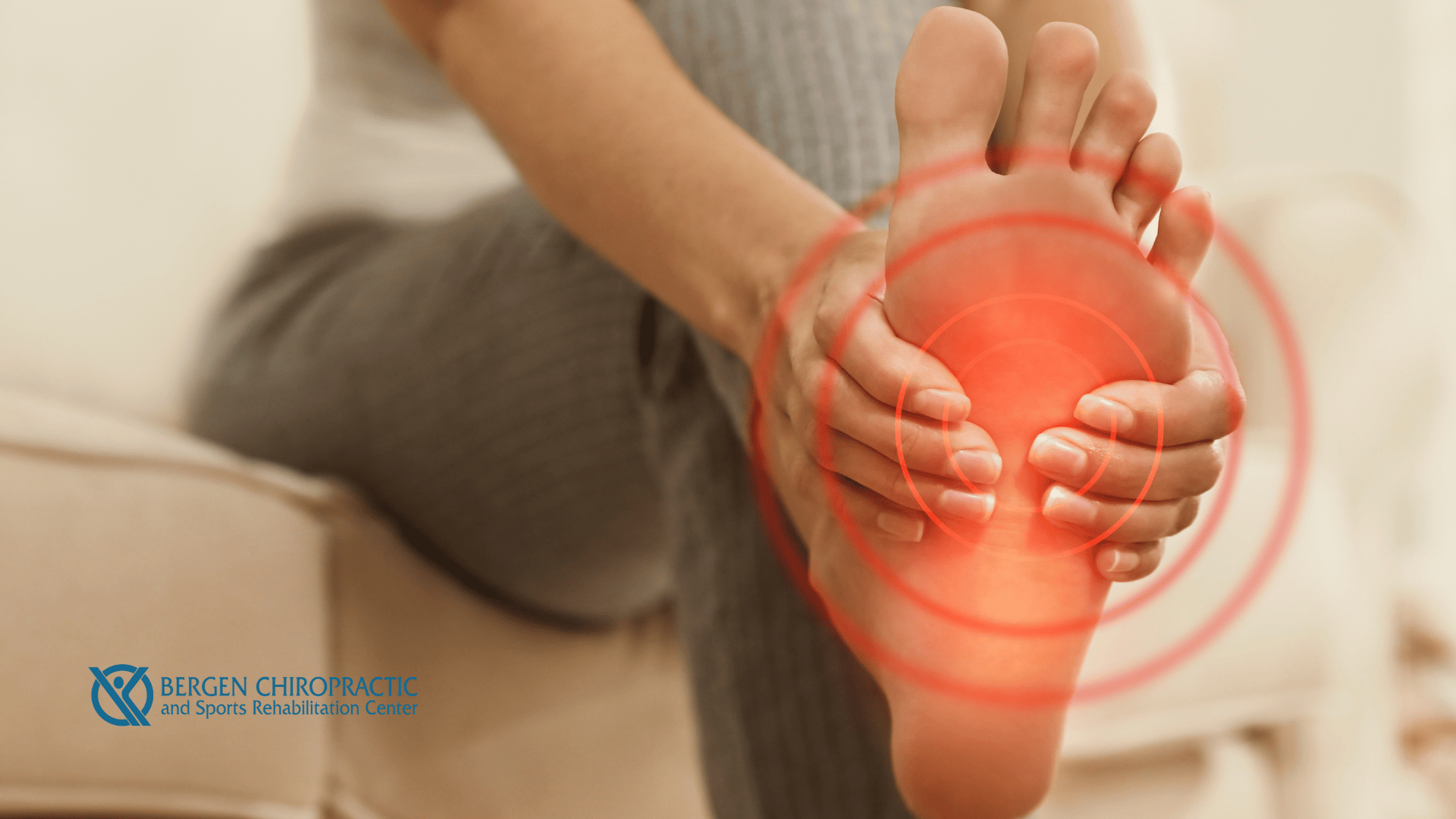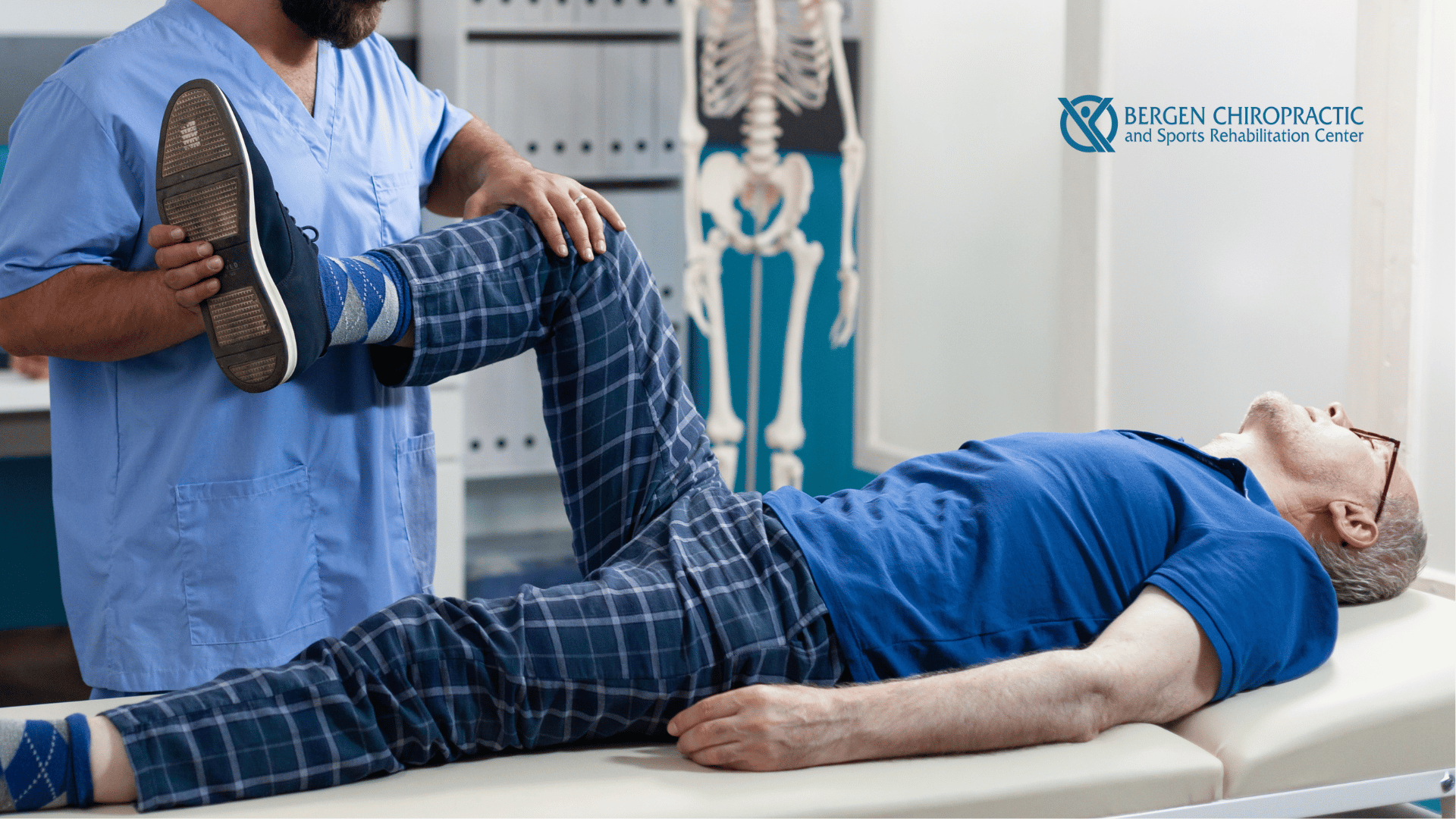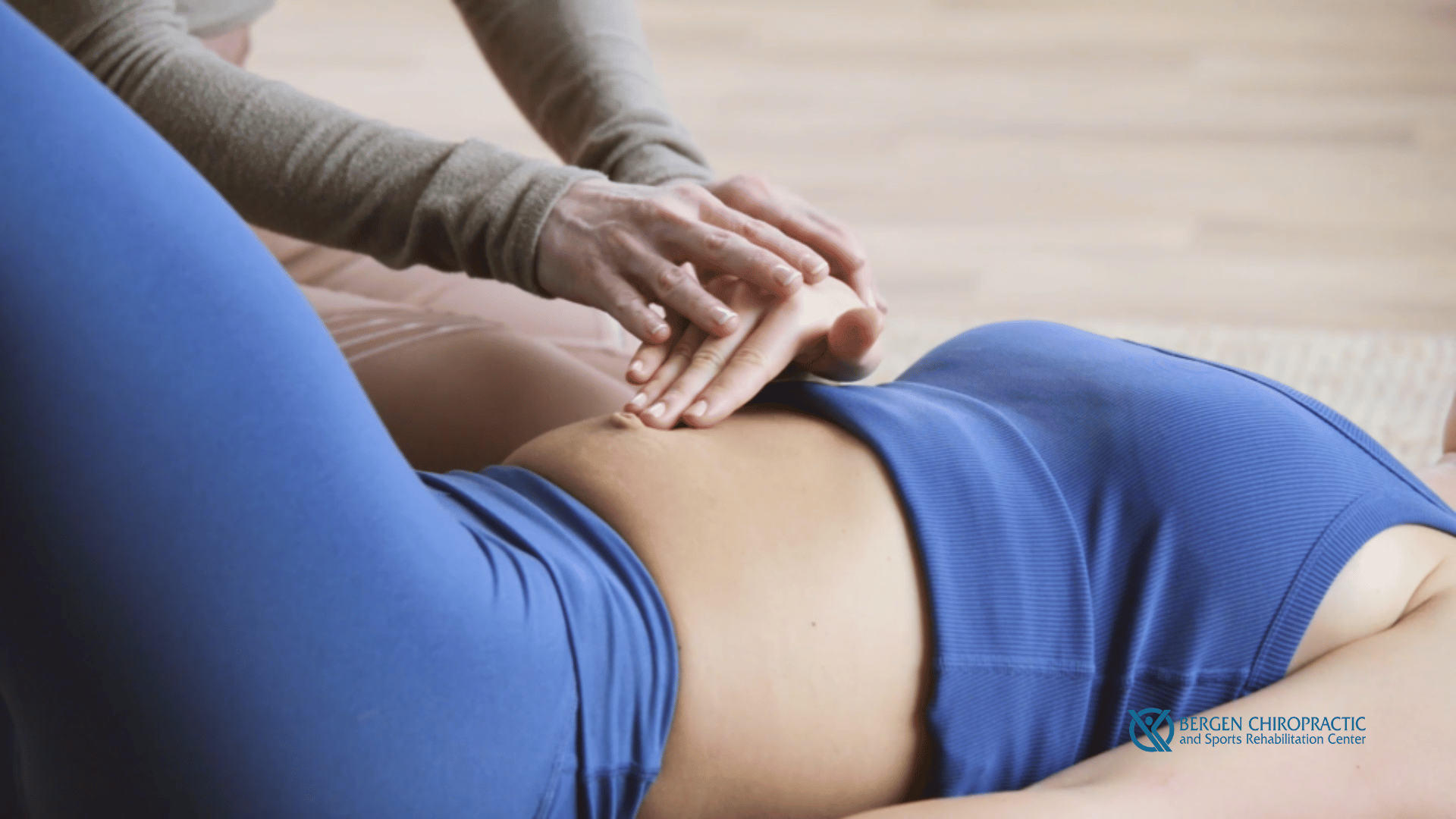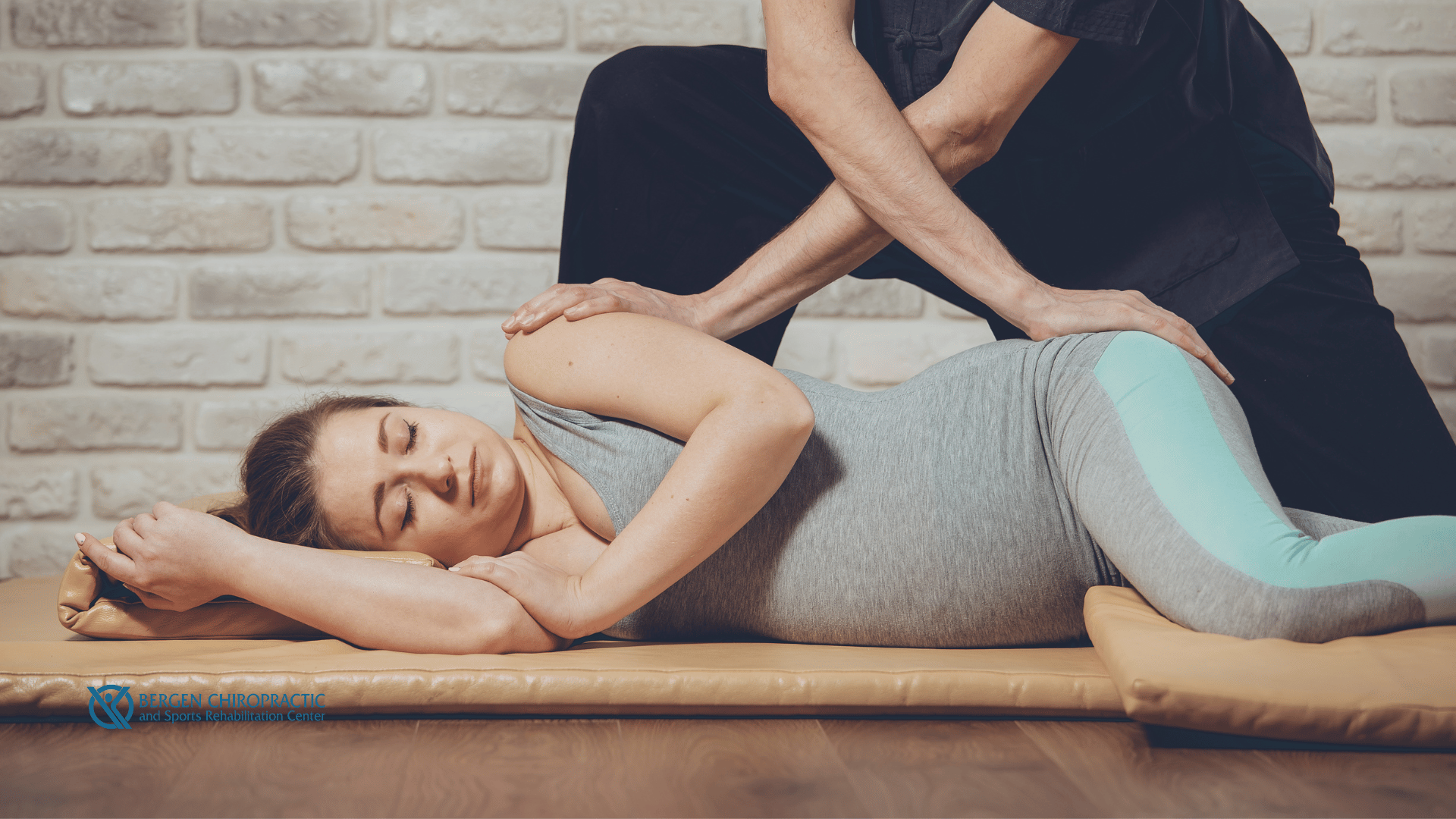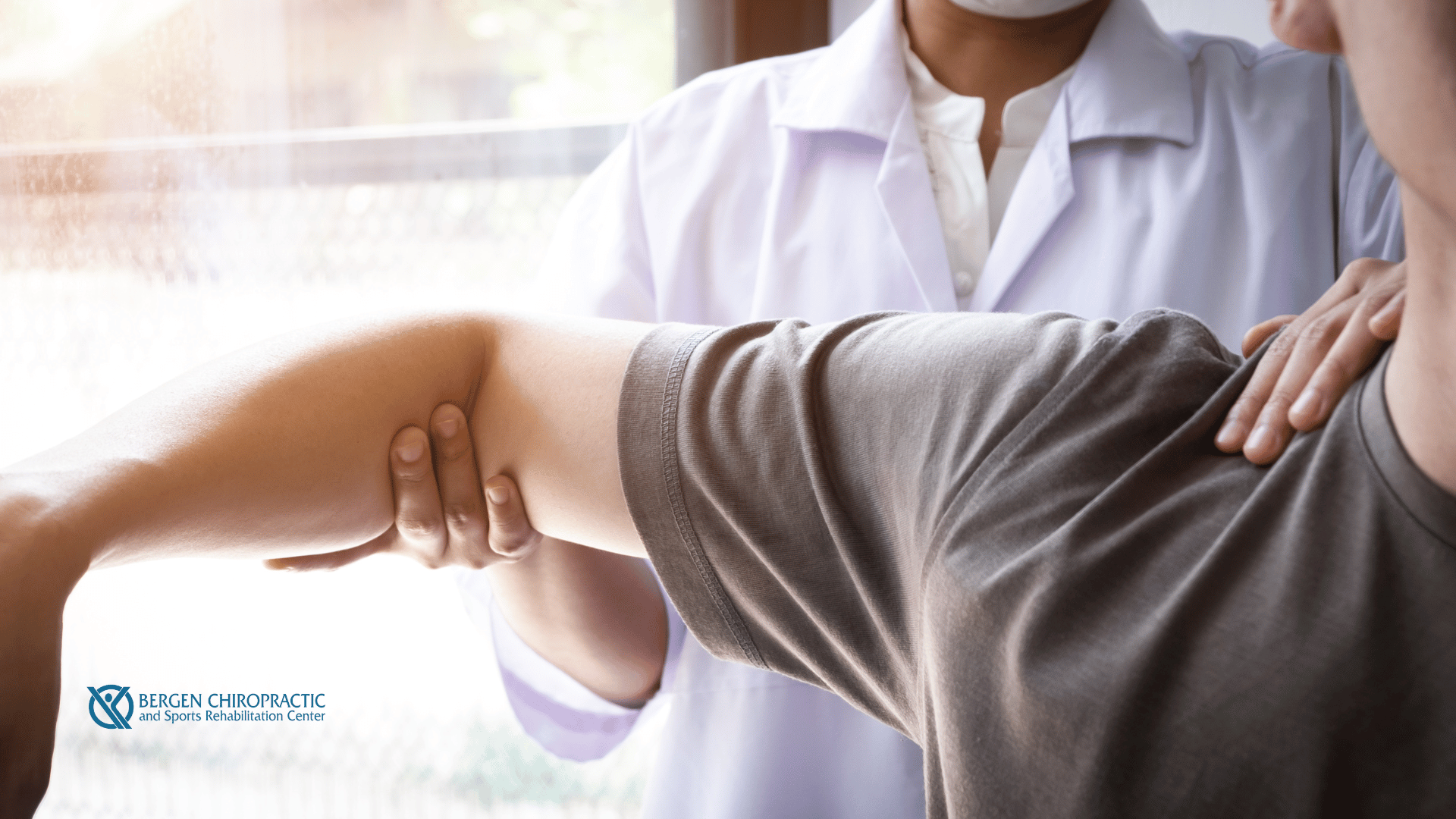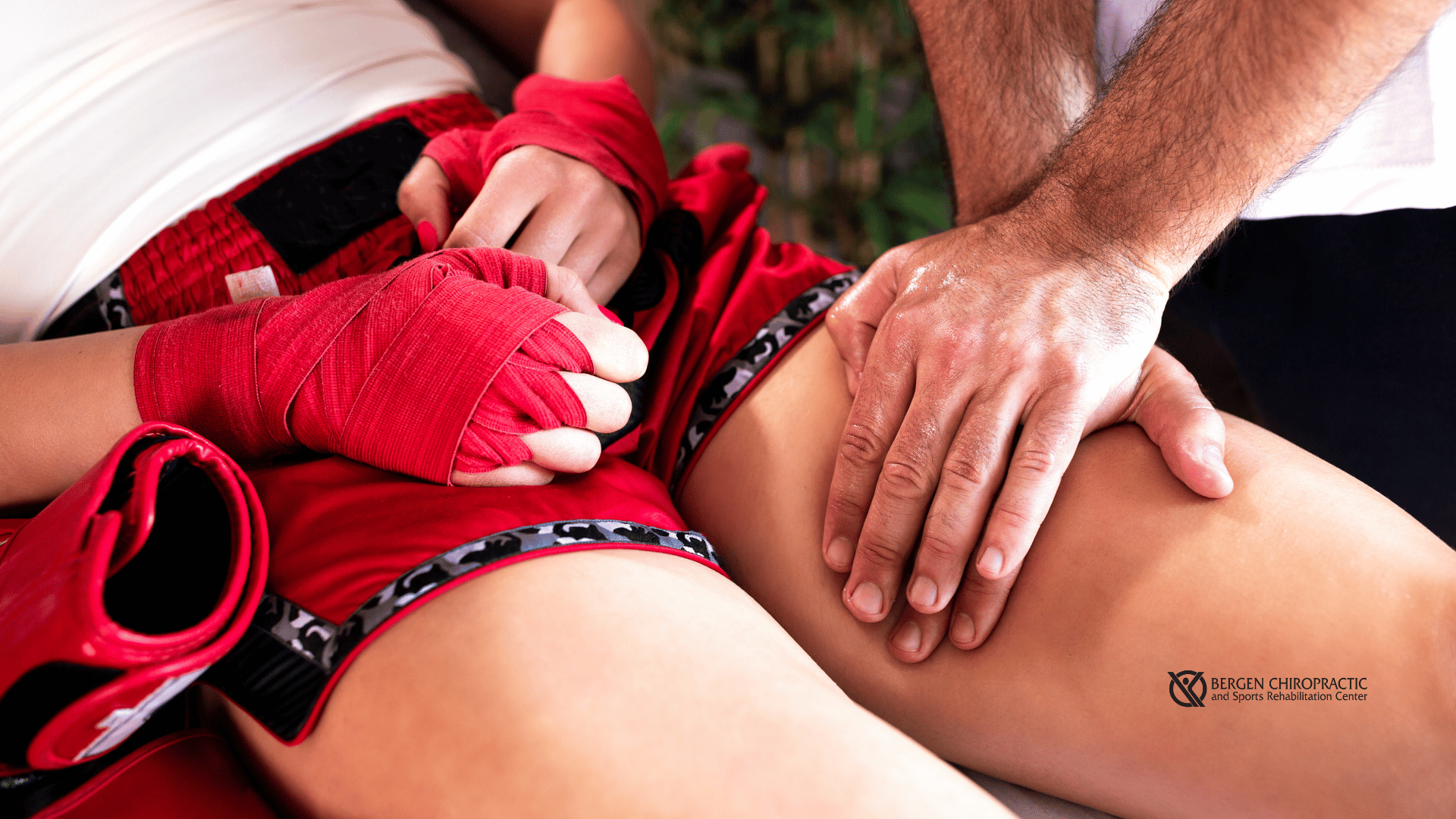Ease postpartum foot pain with chiropractic care tailored for new moms, addressing plantar fasciitis as you adjust to motherhood.
Soothing Steps: How Chiropractic Care Addresses Plantar Fasciitis in Expectant Mothers
Relieve plantar fasciitis during pregnancy with chiropractic care focused on gentle, effective techniques to ease foot pain and support overall comfort.
Beyond the Surface: How Shockwave Therapy Targets Plantar Fasciitis at Its Core
Discover how shockwave therapy directly targets plantar fasciitis pain, promoting healing and offering lasting relief for improved mobility and comfort.
Step into Comfort: The Ultimate Guide to Plantar Fasciitis-Friendly Footwear
Find the best shoes for plantar fasciitis relief with this guide, featuring supportive footwear options that help ease pain and promote all-day comfort.
Walk Pain-Free: Bergen Chiropractic’s Tried-and-True Approach to Plantar Fasciitis
Discover how Bergen Chiropractic’s expert team uses proven techniques to relieve plantar fasciitis pain, helping you regain comfort and mobility.
Navigating Meniscus Tear Rehabilitation with Chiropractic Techniques
Chiropractic care offers a non-invasive approach to meniscus tear rehabilitation to reduce pain and improve knee function.
The Comprehensive Approach of Chiropractic Care in Treating Diastasis Recti
Address diastasis recti naturally with chiropractic care, focusing on alignment and core strength to help restore abdominal muscles effectively.
4 Common Pregnancy Ailments and How Chiropractic Care Can Address Them
Learn how chiropractic care can safely relieve common pregnancy ailments like back pain, sciatica, and joint discomfort.
Can Chiropractors Treat Shoulder Impingement? What You Need to Know
Explore how chiropractic care effectively alleviates shoulder impingement pain through targeted treatments and natural healing techniques.
Bergen Chiropractic’s Approach to Treating Groin Pull Injuries in New Jersey
Discover Bergen Chiropractic’s personalized approach to treating groin pull injuries in New Jersey. Learn about common causes, effective chiropractic treatments, and how chiropractic care can prevent future injuries, offering relief and long-term health benefits.

